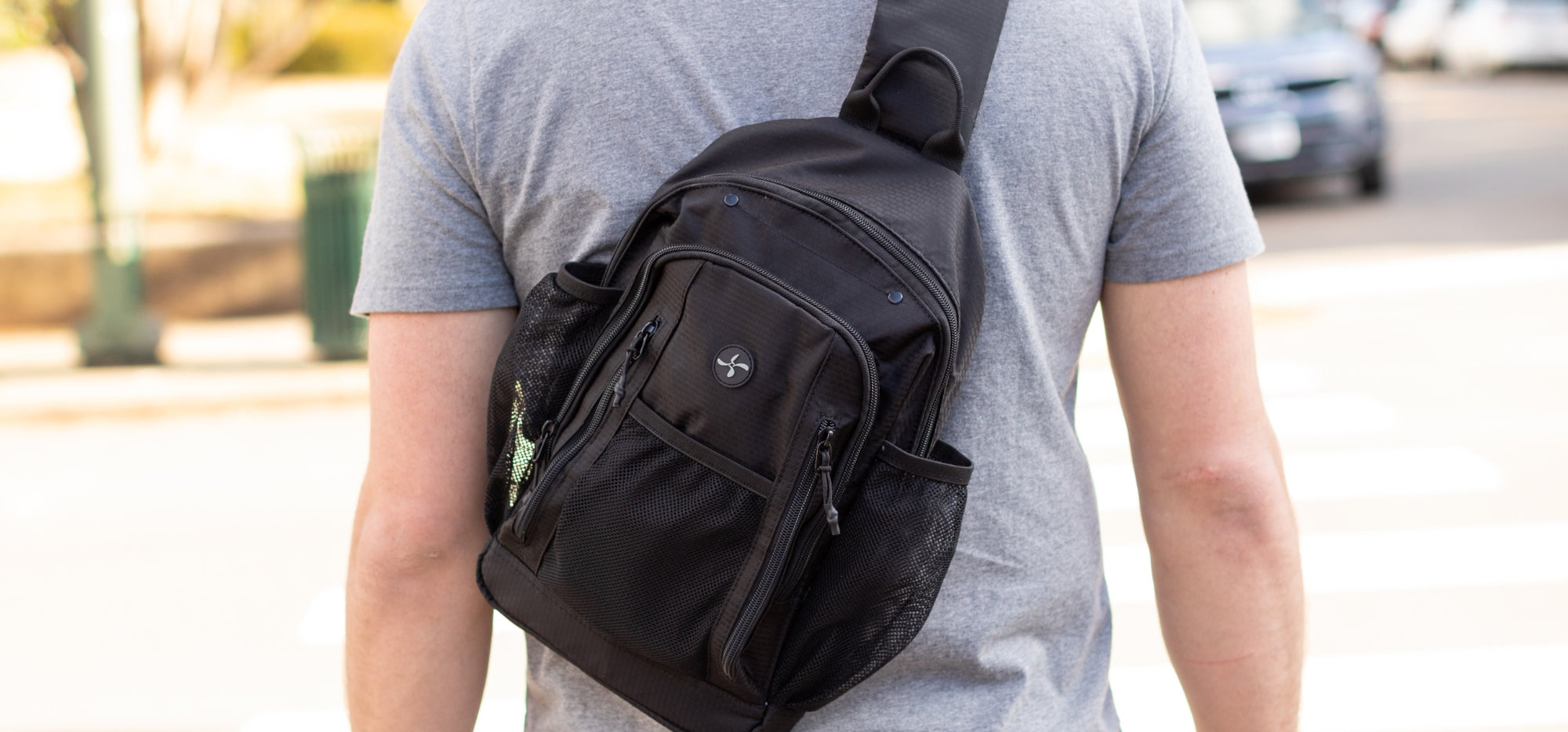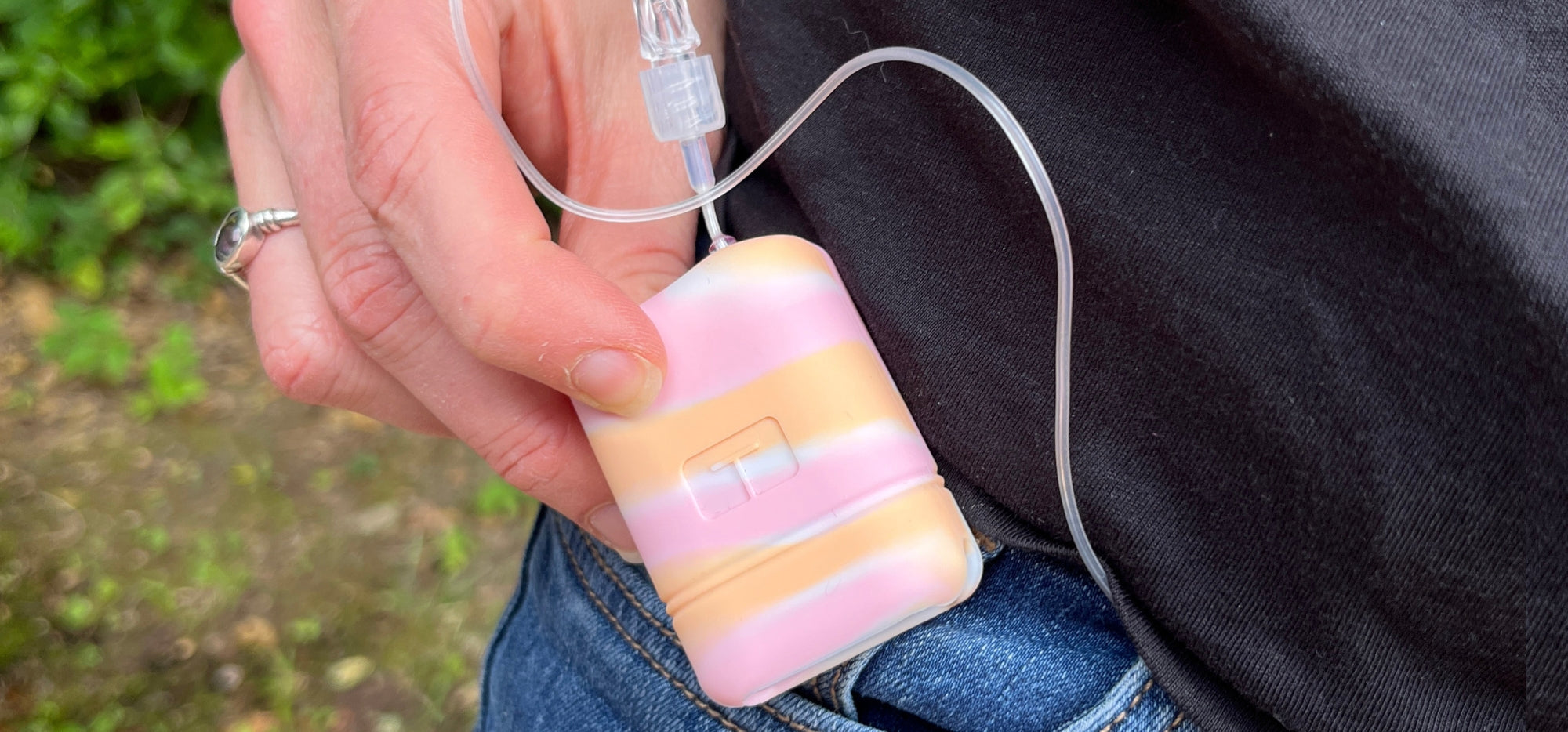Navigating Seasonal Changes: How to Adapt Your Diabetes Routine
As the seasons change, so too can the routines that help manage diabetes. From the transition from summer to fall and then to winter, each season brings unique challenges and opportunities for those managing diabetes. Understanding these seasonal impacts can help you adjust your routine for better blood sugar control and overall well-being.
1. Summer: Sun, Heat, and Activity
Heat and Hydration: Summer’s heat can impact your blood sugar levels in various ways. Higher temperatures can lead to dehydration, which affects blood sugar control. It's essential to drink plenty of water and monitor your blood sugar more frequently. Dehydration can cause high blood sugar levels and might necessitate adjustments in insulin or medication.
Exercise Adjustments: The longer daylight hours and warmer weather often encourage more physical activity. While this can be beneficial, it’s important to balance activity with hydration and monitor how exercise affects your blood sugar. Be cautious about exercising during the hottest parts of the day to avoid heat-related issues.
Insulin Storage: Heat can also affect insulin effectiveness. Store your insulin in a cool, dry place, and avoid leaving it in direct sunlight or in a hot car. Check the manufacturer’s guidelines for proper storage and consider using an Insulated Diabetes Insulin Supply Case or Diabetes Insulated Travel Bag if you’re on the go.
2. Fall: Transition and Routine Changes
Adjusting to Cooler Weather: As temperatures start to drop, you may notice changes in how your body responds to insulin and food. Cooler weather can impact physical activity levels and appetite. Monitor your blood sugar closely as you transition and be prepared to make adjustments to your diet or medication.
Seasonal Foods: Fall introduces a variety of seasonal foods like pumpkins, apples, and squashes. These can be part of a balanced diet, but it's important to be mindful of portions and carbohydrate content. Incorporate these foods in a way that supports your blood sugar management goals.
Cold and Flu Season: Fall marks the beginning of flu season. Being vigilant about vaccinations and hygiene can help prevent illnesses that can affect your blood sugar. Illness can lead to fluctuations in blood glucose levels, so it’s crucial to have a plan in place for managing your diabetes if you do get sick.
3. Winter: Cold Weather and Indoor Lifestyle
Cold Weather Challenges: Winter’s cold temperatures can lead to reduced physical activity and changes in insulin sensitivity. Layer up to stay warm and consider indoor exercise options like home workouts or gym sessions to keep active. Monitor your blood sugar levels closely as you adjust to the colder weather.
Holiday Indulgence: The holiday season often brings a temptation of rich, festive foods. Enjoy these treats in moderation and try to balance them with healthier options. Planning your meals and snacks can help you manage blood sugar levels while still participating in holiday festivities.
Dry Skin and Blood Sugar: Winter’s dry air can lead to skin issues, including dryness and cracking, which can be exacerbated by diabetes. Keep your skin moisturized and be vigilant about foot care. Dry skin can lead to complications if not addressed properly.
4. Spring: Renewal and Allergies
Allergy Season: Spring often brings increased pollen and other allergens, which can impact overall health and potentially affect blood sugar levels. Manage allergies with appropriate medication and keep an eye on how they might influence your diabetes management.
Spring Cleaning: Spring is a great time for a “clean slate,” which can include re-evaluating your diabetes management routine. Use this time to review your goals, update your diabetes management plan, and ensure that you have all necessary supplies and medications.
Increased Activity: With milder weather, you may find yourself more active. Embrace outdoor activities but be mindful of how they affect your blood sugar. Adjust your routine as needed to accommodate increased physical activity.
Tips for All Seasons
-
Monitor Regularly: No matter the season, regular blood sugar monitoring is key to understanding how your body responds to changes. Keep supplies organized in Diabetes Supply Case II. Log your readings and note any seasonal patterns.
-
Stay Flexible: Be prepared to adjust your diabetes management plan as needed. Seasonal changes can affect your body in various ways, so staying flexible and proactive is essential.
-
Consult Your Healthcare Team: Discuss any significant changes in your routine or health with your healthcare provider. They can offer personalized advice and adjustments to your management plan based on seasonal variations.
-
Prioritize Self-Care: Seasonal changes can impact both physical and mental health. Ensure you’re taking care of your overall well-being by getting enough rest, managing stress, and seeking support if needed.
By understanding and preparing for how seasonal changes impact your diabetes routine, you can maintain better control of your blood sugar levels throughout the year. Embrace the opportunities each season brings and stay proactive in managing your health.










Leave a comment